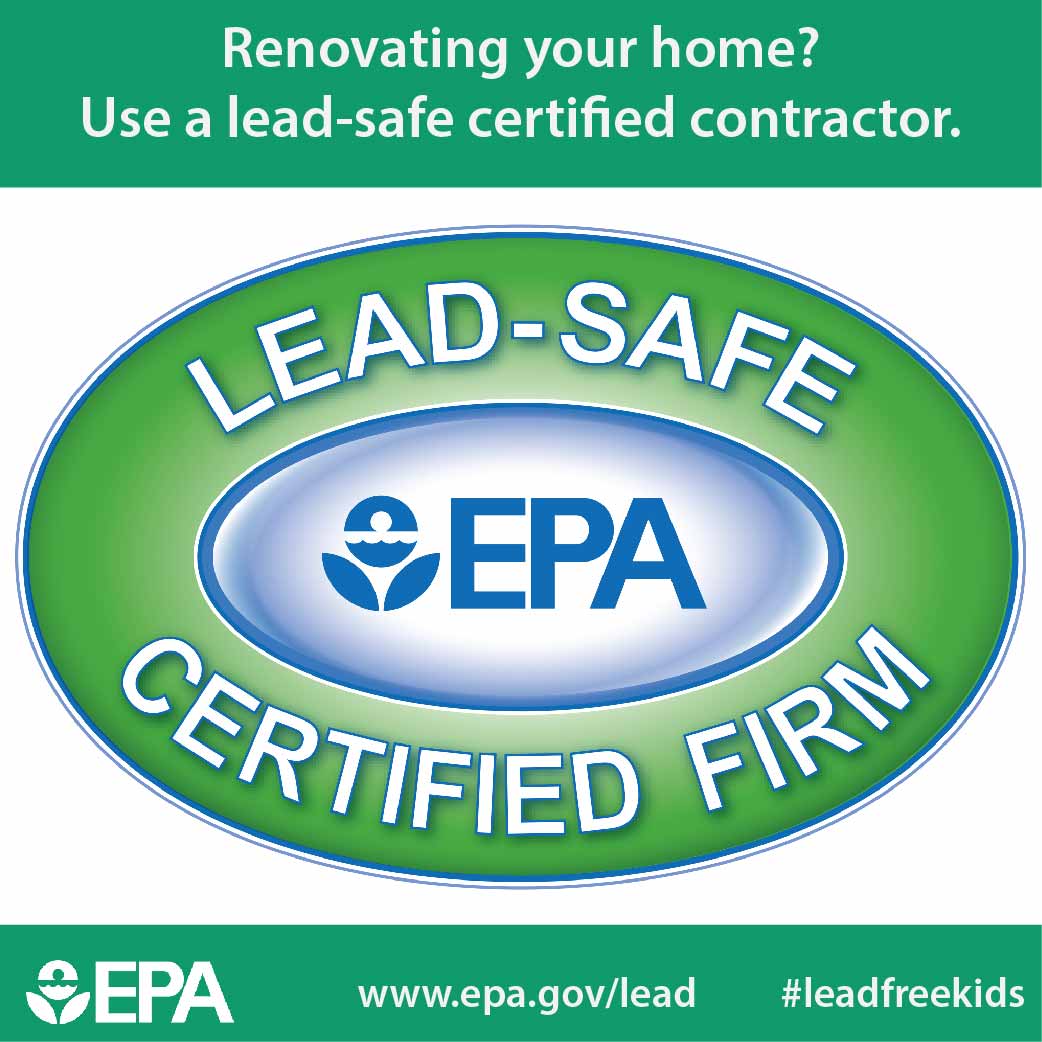Discover The Effect Of Seasonal Elements On The Efficiency Of Industrial External Painting And Identify The Ideal Times To Attain Enduring Outcomes For Your Project
Discover The Effect Of Seasonal Elements On The Efficiency Of Industrial External Painting And Identify The Ideal Times To Attain Enduring Outcomes For Your Project
Blog Article
Developed By-Regan Skafte
When you're intending a commercial exterior painting task, seasonal factors can make or break your results. You'll intend to take into consideration just how temperature and moisture effect paint application and drying out times. Picking the appropriate period can ensure your paint sticks correctly and lasts much longer. Yet which seasons are genuinely the very best for this type of job? Allow's discover weblink that can affect your task's success.
The Influence of Temperature Level on Paint Application
When you're intending a commercial outside paint task, the temperature can dramatically influence exactly how well the paint sticks and dries.
Ideally, you wish to paint when temperatures vary between 50 ° F and 85 ° F. If it's also chilly, the paint may not cure appropriately, causing issues like peeling or fracturing.
On the other hand, if it's as well warm, the paint can dry also promptly, protecting against proper bond and resulting in an irregular surface.
You must additionally think about the moment of day; early morning or late afternoon offers cooler temperature levels, which can be extra beneficial.
Constantly inspect the supplier's referrals for the particular paint you're using, as they typically supply guidance on the optimal temperature level range for ideal results.
Humidity and Its Result on Drying Times
Temperature level isn't the only environmental element that influences your industrial external paint job; moisture plays a significant duty as well. High moisture degrees can reduce drying times dramatically, impacting the overall high quality of your paint work.
When the air is saturated with wetness, the paint takes longer to heal, which can bring about problems like inadequate adhesion and a higher threat of mildew growth. If you're repainting on a specifically moist day, be planned for extensive wait times in between layers.
It's essential to check local climate condition and strategy appropriately. Preferably, aim for moisture levels in between 40% and 70% for ideal drying.
Maintaining these consider mind ensures your job stays on track and delivers a long-term finish.
Best Seasons for Commercial Exterior Paint Projects
What's the very best time of year for your business exterior painting projects?
Spring and early autumn are typically your best bets. Throughout Recommended Internet site , temperature levels are moderate, and moisture degrees are commonly lower, developing optimal conditions for paint application and drying.
Prevent summer's intense heat, which can create paint to dry also quickly, leading to inadequate bond and coating. Likewise, winter season's chilly temperatures can hinder proper drying and healing, taking the chance of the longevity of your paint work.
Aim for days with temperatures between 50 ° F and 85 ° F for ideal results. Bear in mind to examine the regional weather report for rainfall, as wet conditions can ruin your task.
Planning around these elements ensures your painting job runs smoothly and lasts much longer.
Conclusion
To conclude, intending your industrial outside painting jobs around seasonal considerations can make a significant distinction in the outcome. By organizing work throughout the ideal temperatures and moisture degrees, you'll make sure much better bond and drying out times. Remember to keep an eye on neighborhood weather report and select the right time of year-- springtime and very early autumn are your best options. Taking these steps will certainly help you achieve a long lasting and professional surface that lasts.
